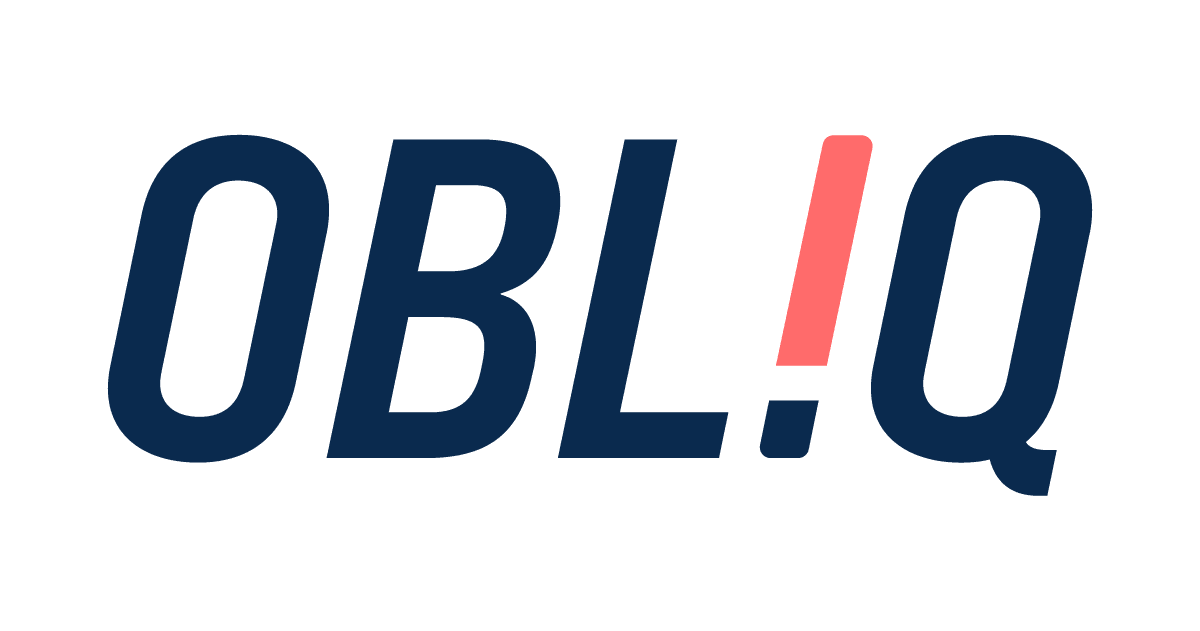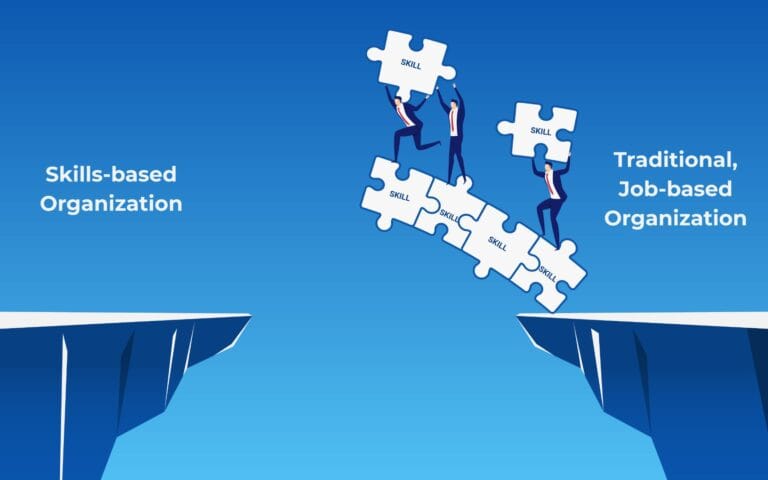The debate is over. Hybrid work isn’t a temporary trend or a reluctant compromise; it’s a permanent feature of the modern business landscape. With nearly one-third of all U.S. workdays still being performed from home and half of all remote-capable employees operating in a hybrid model, the conversation is no longer about if we should manage distributed teams, but how we can optimize them.
Many organizations are now carrying a “flexibility debt”—a gap between their current policies and the flexibility modern talent demands. This isn’t just a satisfaction issue; it’s a competitive disadvantage, as hybrid roles attract a disproportionate 60% of all job applications. It’s time to shift from surviving hybrid work to making it a strategic advantage. This requires a new playbook—one focused on elevating how we work, connect, and lead.
Building this kind of future-ready organization starts with a clear strategy. For leaders and practitioners ready to make that leap, here are eight essential strategies to unlock the full potential of your hybrid teams.
The Hybrid Optimization Playbook
8 essential strategies to elevate performance and culture in a distributed world.
Redefine Productivity
Focus on outcomes, not hours.
Master Async Work
Make asynchronous the default.
Use Office Time with Purpose
Design "anchor days" for collaboration.
Weave a Culture of Connection
Schedule rituals to build belonging.
Combat Proximity Bias
Ensure equitable experiences for all.
Curate Your Tech Stack
Rationalize and integrate tools.
Develop Hybrid Leadership
Invest in modern competencies.
Lead with Data
Use feedback loops, not dogma.
1. Redefine Productivity: From Presence to Outcomes
In a distributed environment, the old rules of productivity are obsolete. The challenge is real: 85% of leaders admit that the shift to hybrid work has made it harder to gauge their team’s productivity, leading to what some call “productivity paranoia.” However, defaulting to tracking “desk time” is a mistake. Data shows that remote-only workers actually log more “productive minutes” per day than their in-office peers. This proves that location is not a reliable indicator of performance.
The Playbook Move:
Shift from Presence to Performance
1. Change Your Metrics
Move the focus from desk-time to deliverables. Measure what gets done, not where it gets done.
2. Establish Clear Goals
Use results-oriented frameworks like SMART or OKRs so every team member understands the definition of success.
3. Build Trust & Empower
This outcome-driven approach ensures everyone is evaluated on their contribution, fostering fairness and autonomy.
2. Master Asynchronous Workflows
One of the greatest untapped advantages of hybrid work is the power of asynchronous collaboration. By reducing the reliance on simultaneous co-working, you empower team members to engage in deep, focused work, accommodate different time zones, and manage their schedules more effectively. Mastering this requires discipline and the right systems, like GitLab’s famous “handbook-first” approach where everything is documented.
The Playbook Move:
Make Asynchronous Work the Default
1. Document Everything
Use a centralized, searchable repository. This creates a single source of truth for processes, decisions, and knowledge.
2. Set Clear Norms
Establish and communicate clear expectations for response times on different channels (e.g., 24 hours for email).
3. Reserve Meetings
Use synchronous time (video calls) for complex problem-solving, brainstorming, and building personal connection.
3. Make In-Person Time Intentional and Purposeful
In a hybrid model, the office is no longer the default place of work; it’s a destination for specific, high-value activities. With commercial office vacancy rates hitting record highs, organizations must rethink the role of physical space. Forcing employees to commute just to answer emails side-by-side breeds resentment. Instead, in-person gatherings should be magnets, not mandates. As a case in point, Atlassian’s “Intentional Together Gatherings” for their distributed teams lead to a 27% increase in employees’ feelings of connection.
The Playbook Move:
Designate 'Anchor Days with Purpose'
1. Coordinate Schedules
Bring teams together on-site for activities that genuinely benefit from co-location.
2. Focus on High-Value Interaction
Prioritize strategic workshops, intensive brainstorming, client demos, and team-building events.
3. Reimagine the Office
Transform your physical space from a place of obligation into a hub for collaboration and connection.
4. Weave a Culture of Connection and Psychological Safety
Culture doesn’t just happen, especially when a team is distributed. It must be intentionally designed. While remote work offers autonomy, it can also lead to a paradox: fully remote workers report the highest levels of engagement, yet they are less likely to be “thriving” in their overall lives and more likely to feel stress and loneliness. The antidote is intentional connection built on a foundation of psychological safety—where team members feel safe to speak up, share ideas, and be vulnerable without fear of punishment.
The Playbook Move:
Create and Schedule Rituals that Build Belonging
1. Humanize Meetings
Start meetings with brief, non-work check-ins to build rapport.
2. Foster Social Channels
Create opt-in spaces for non-work chatter about hobbies, pets, or weekend plans.
3. Celebrate People
Recognize birthdays, work anniversaries, and personal achievements. These small acts are the threads that weave a strong social fabric.
5. Actively Combat Proximity Bias
One of the most significant threats to a healthy hybrid culture is proximity bias: the unconscious tendency to favor employees who are physically present. This can lead to remote employees being overlooked for promotions and critical information, creating a toxic two-tiered system. Addressing these issues is a cornerstone of any effective performance and engagement strategy.
The Playbook Move:
Implement Systems that Ensure Equitable Experiences
1. Train Your Managers
Make leaders aware of what proximity bias is and how to fight it.
2. Standardize Processes
Use objective, transparent criteria for performance reviews and promotions based on merit, not face time.
3. Adopt a "Remote-First" Mindset
Have everyone join meetings from their own device to level the playing field for all participants.
6. Curate Your Tech Stack for Simplicity and Impact
Technology is the backbone of hybrid work, but more tools don’t necessarily mean more effectiveness. The goal is to avoid “tool fatigue” by implementing the minimum number of platforms needed for seamless collaboration. A well-curated tech stack should feel invisible, facilitating work rather than complicating it.
The Playbook Move:
Rationalize and Integrate Your Tools
1. Project Management
(e.g., Asana, Trello) for visibility on tasks and workflows.
2. Real-Time Communication
(e.g., Slack, Teams) for quick updates and daily connection.
3. Central Document Repository
(e.g., Google Workspace, SharePoint) as your single source of truth.
7. Develop the Core Competencies of Hybrid Leadership
Leading a distributed team requires a different skill set. The command-and-control styles of the past are ineffective. The new era calls for leaders who are coaches and enablers, not overseers. As leadership expert Claire Lew notes, “You can never over-communicate enough as a leader at a company, but at a remote company, nothing could be truer.”
The Playbook Move:
Invest in Modern Leadership and Management Development
1. Focus on Core Competencies
Develop leaders skilled in empathy, exceptional communication, flexibility, and, above all, trust.
2. Enable Outcome-Based Management
Equip leaders to manage based on results, not physical oversight.
3. Champion Well-being
Train managers to foster psychological safety and proactively prevent burnout on their teams.
8. Lead with Data, Not Dogma
To create hybrid policies that are effective and fair, leaders must move beyond anecdotal evidence and assumptions. A data-driven approach builds trust by showing that decisions are made objectively. Cisco’s research found that 77% of employees believe rigid return-to-office mandates are driven by a lack of trust, highlighting the need for a more evidence-based path.
The Playbook Move:
Establish Continuous Feedback Loops
1. Gather Regular Feedback
"Pulse" your teams for input on belonging, fairness, and the effectiveness of hybrid arrangements.
2. Analyze Key Metrics
Track workspace utilization, productivity outcomes, and engagement scores to inform policy.
3. Close the Loop
Communicate what you've learned and what actions are being taken to build a culture of trust and co-creation.
Unlocking Your Hybrid Advantage
Optimizing hybrid work is a continuous journey of listening, learning, and adapting. The organizations that thrive will be those that embrace intentional design, foster a culture of trust and psychological safety, and empower their people with clear, outcome-focused leadership. By thoughtfully implementing these strategies, you can transform the challenges of distributed work into a powerful engine for performance, engagement, and resilience.
What is the single most important change you can make this quarter to better optimize your hybrid work model?










